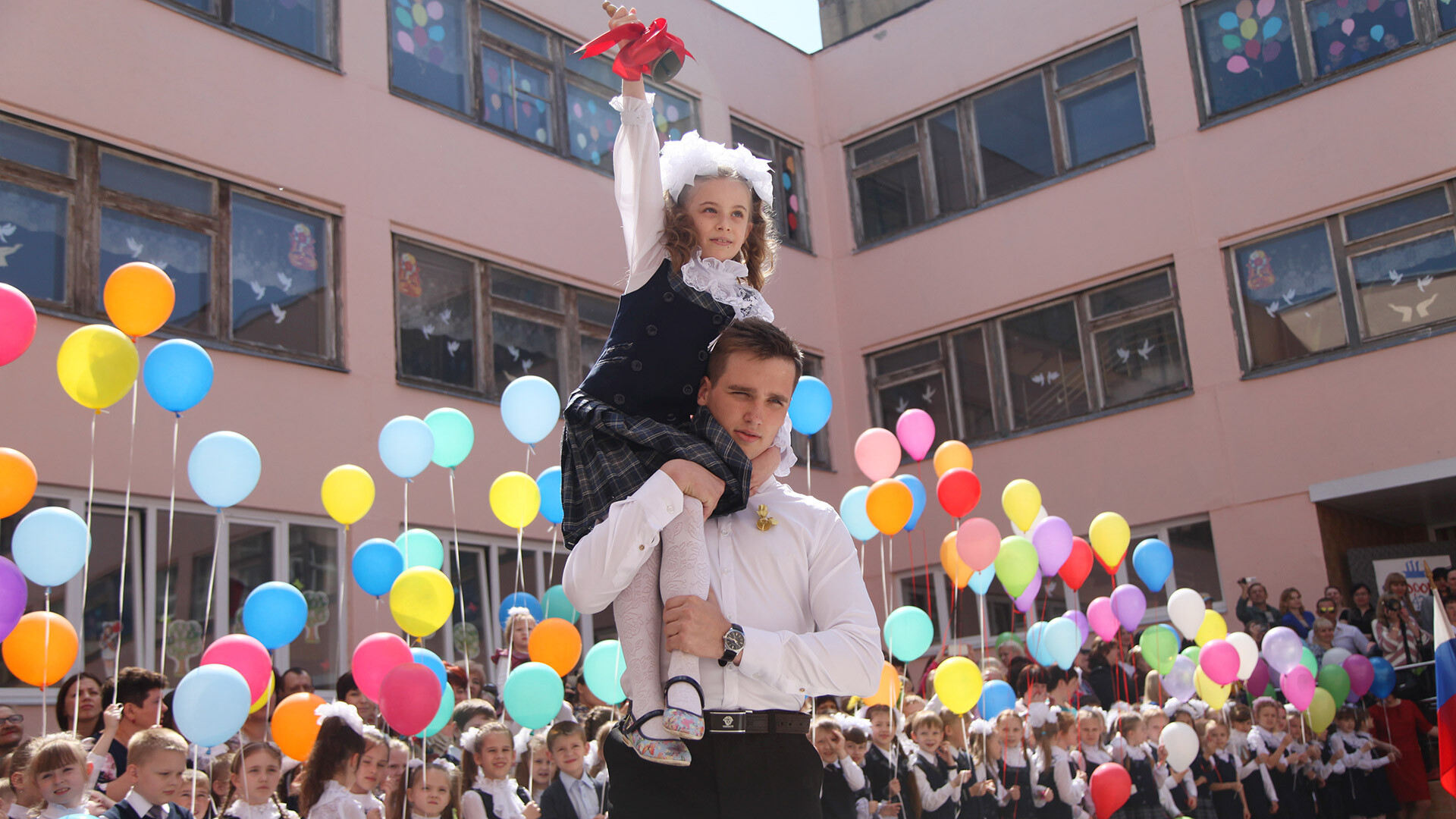
Last Bell in Voronezh.
Irina Sokolova/TASS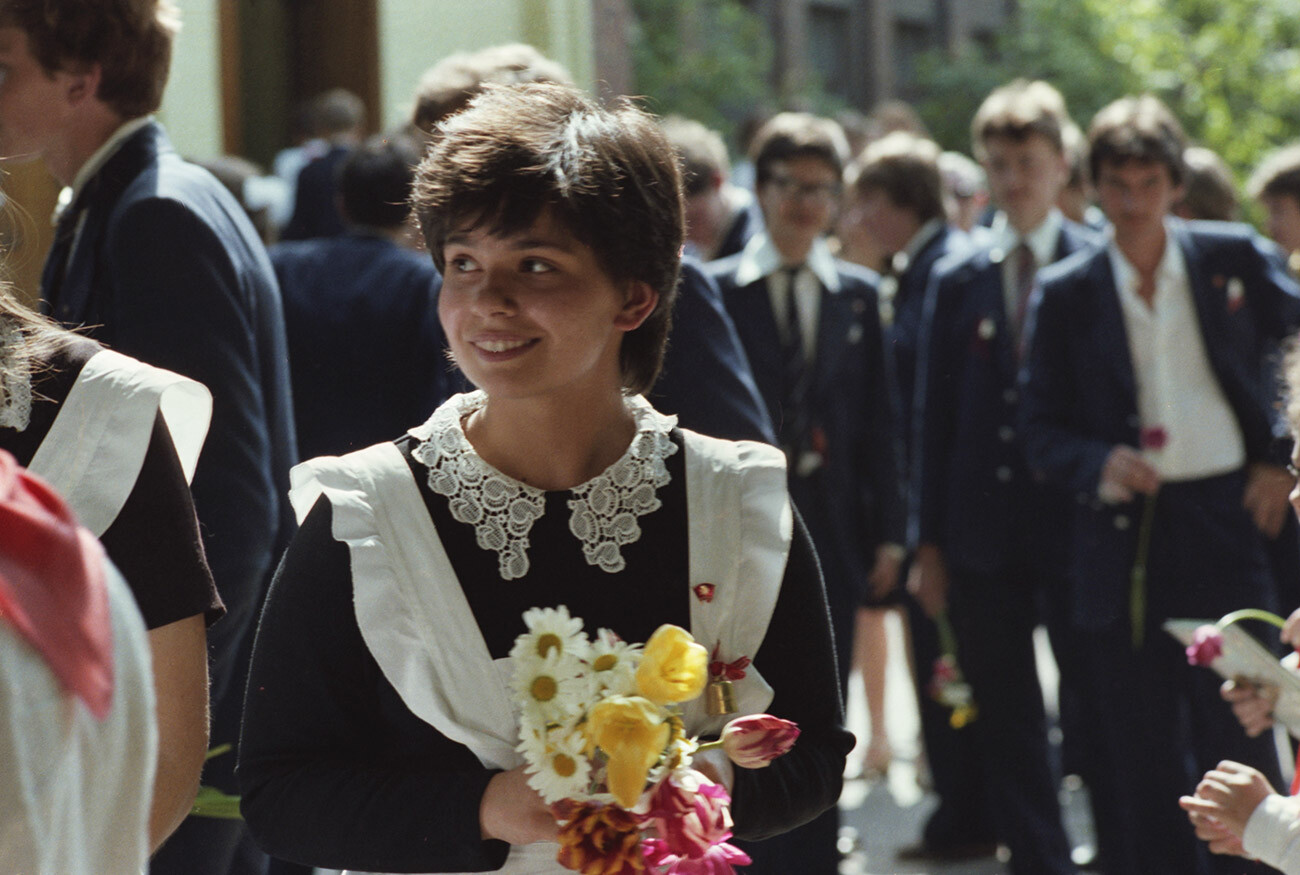
The first ‘Last Bell’ rang on May 25, 1948, in Krasnodar and Moscow. Krasnodar school No. 12 was headed by honored teacher of the RSFSR Fedor Bryukhovetsky, a follower of legendary Soviet teacher Anton Makarenko.
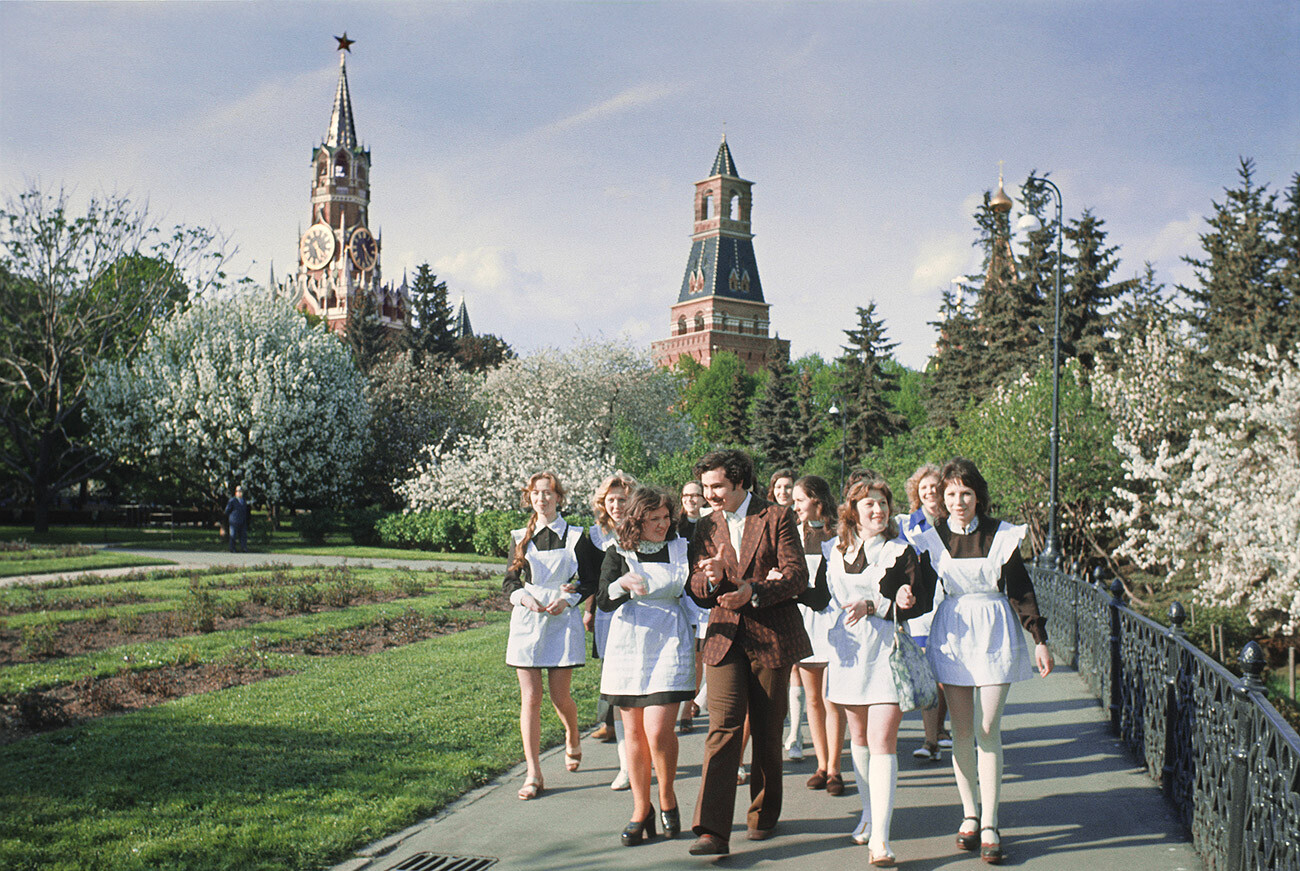
In difficult post-war times, he wanted to unite schoolchildren and decided to introduce a number of traditions at the school, which later spread to other regions. Bryukhovetsky was also one of the initiators of the introduction of ‘Knowledge Day’ on September 1.
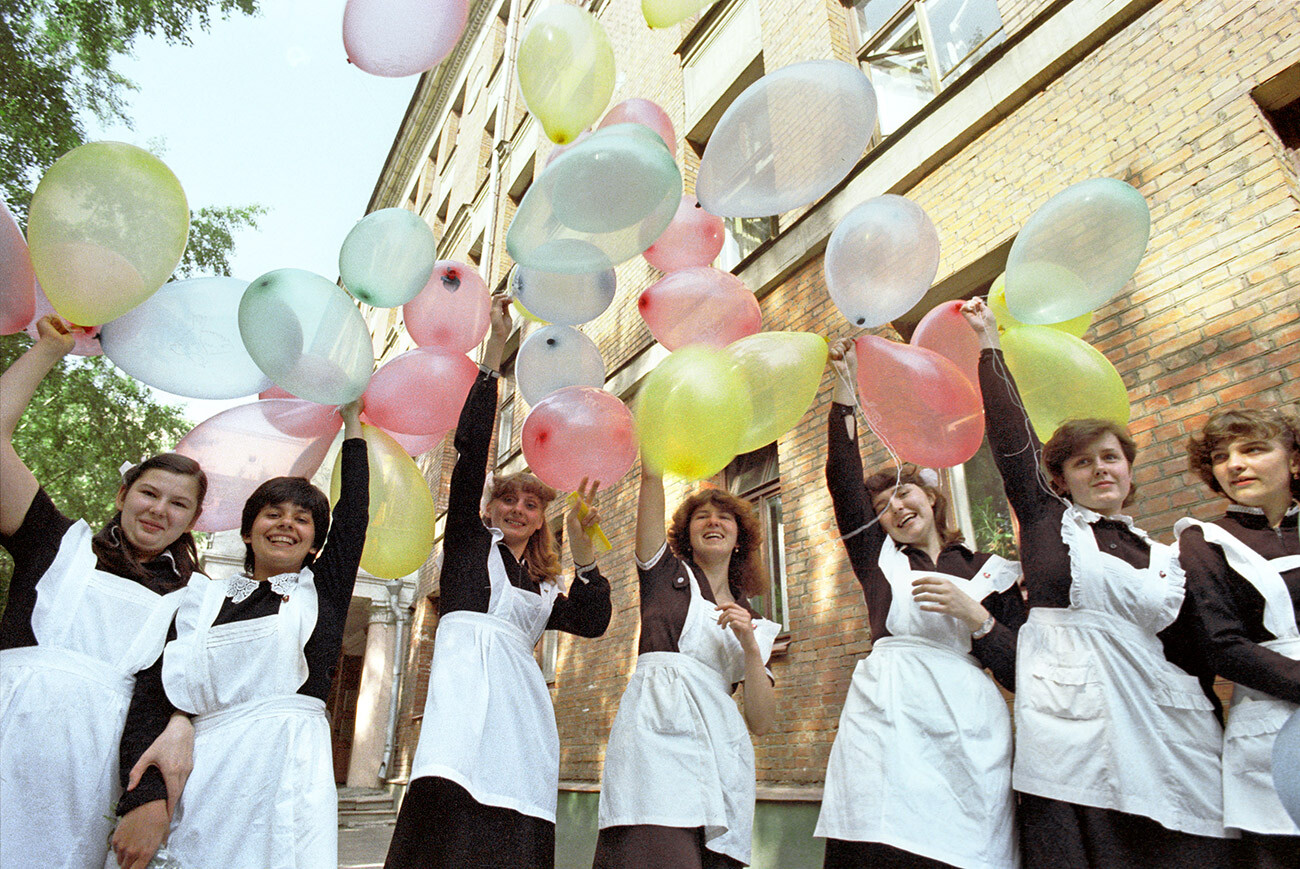
A similar idea - to unite schoolchildren - came to the mind of Georgy Aseev, the principal of Moscow School No. 182.
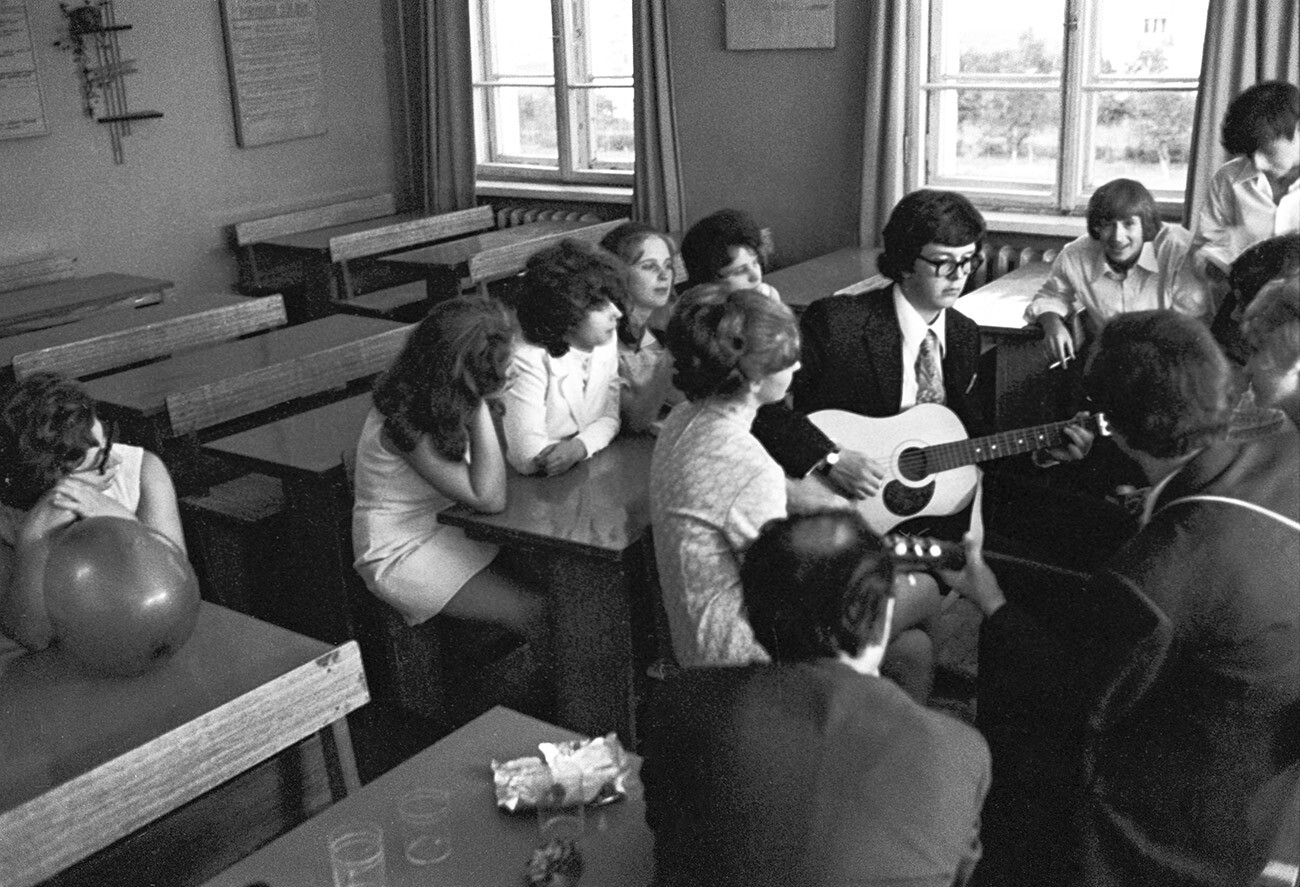
He had been through the Great Patriotic War, was awarded medals and orders and headed the school at the age of 31, deciding to immediately establish new traditions: starting the school day by listening to the national anthem, doing exercises, organizing school camps and celebrating the ‘Last Bell’.
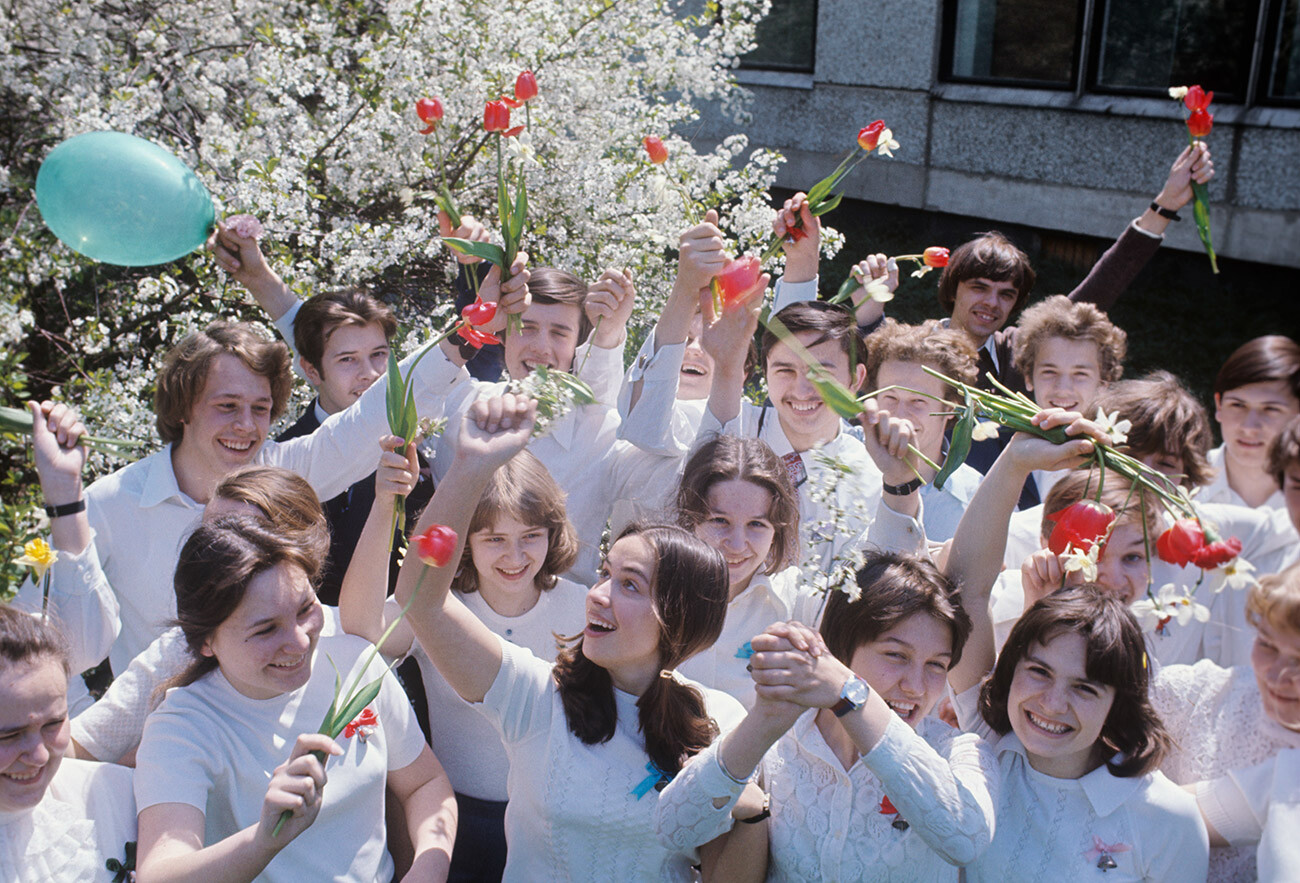
Soon, other schools across the country began supporting the initiative started by Moscow and Krasnodar. And the official holiday was approved by the Ministry of Education of the USSR in the 1970s.
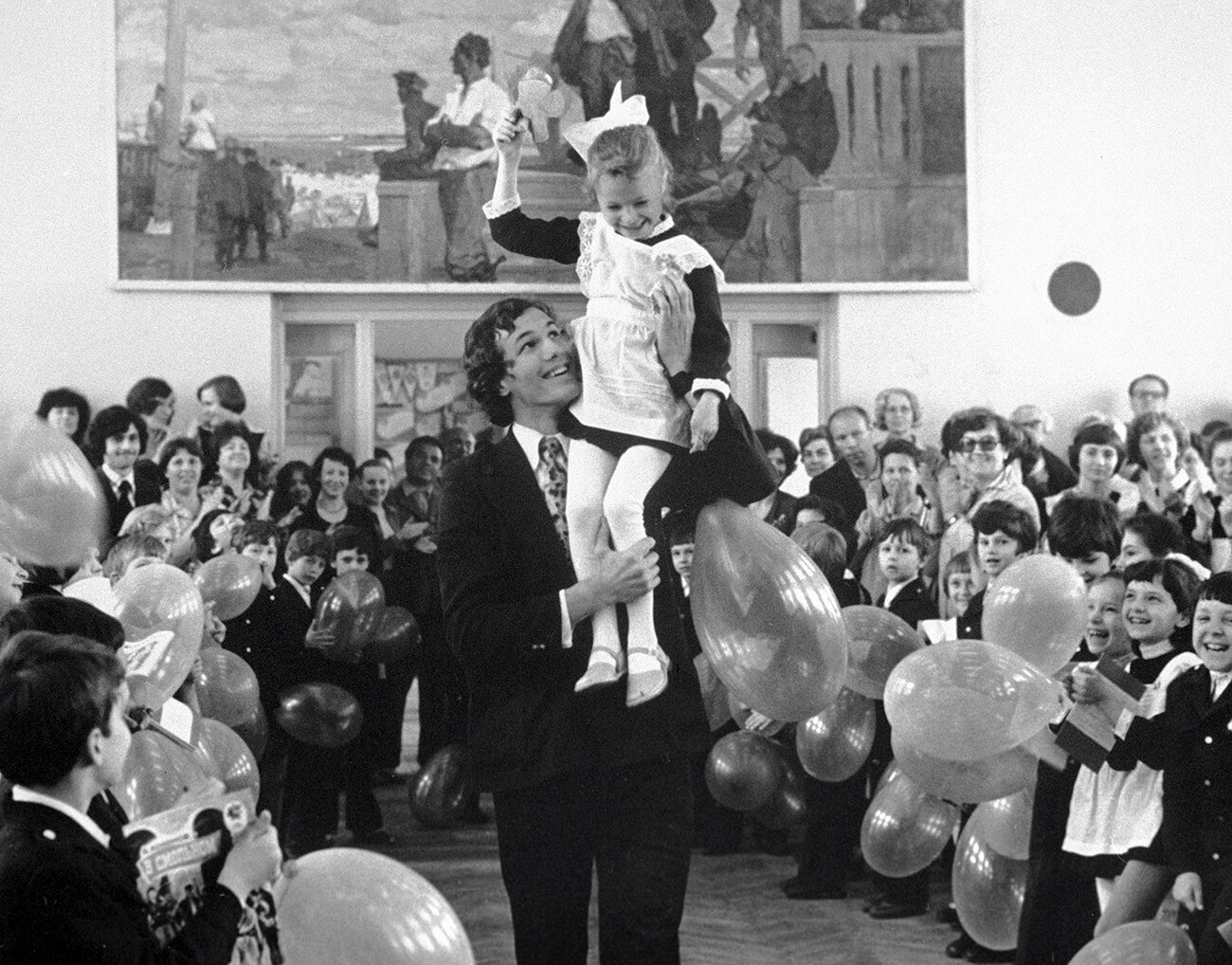
Last Bell in Moscow school.
Vladimir Akimov/SputnikThe main action of the holiday remains unchanged: the graduate carries a first-grader on his shoulder, who, in turn, rings a large bell.

And ahead - exams, graduation and prom night!
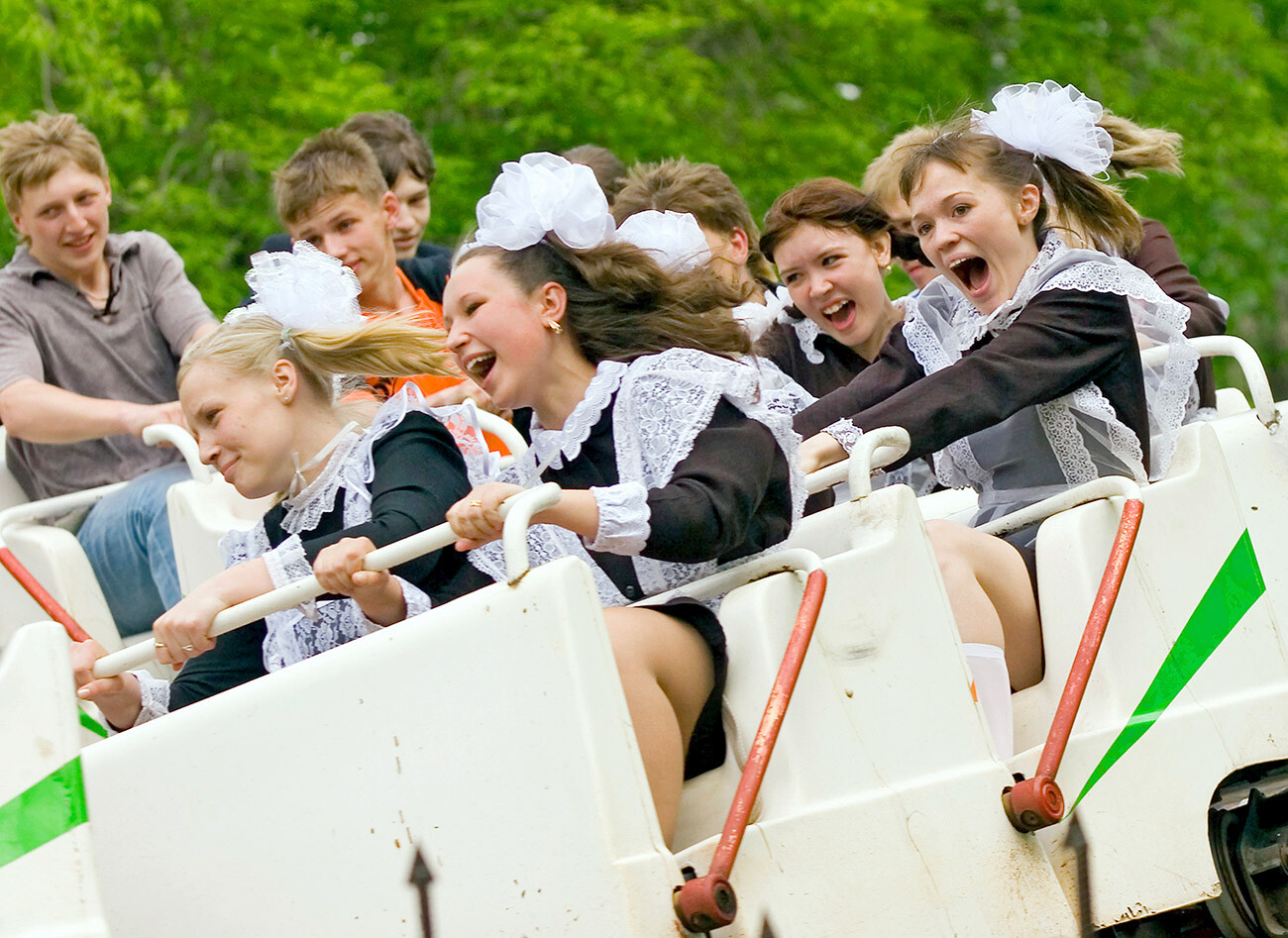
Dear readers,
Our website and social media accounts are under threat of being restricted or banned, due to the current circumstances. So, to keep up with our latest content, simply do the following:
If using any of Russia Beyond's content, partly or in full, always provide an active hyperlink to the original material.
Subscribe
to our newsletter!
Get the week's best stories straight to your inbox